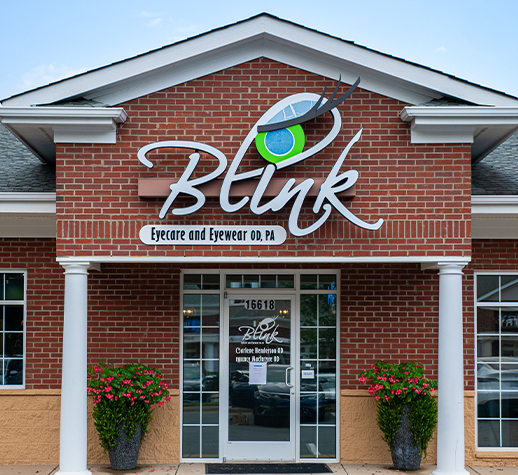
BVD is an ocular condition caused by misaligned eyes. With this condition, the eyes encounter challenges sending clear pictures to the brain. It can affect both children and adults and causes headaches, light sensitivity, and motion sickness.
The wide range of symptoms has led those with this condition to be misdiagnosed. The condition can be debilitating, affecting an individual’s ability to perform tasks and interfering with their quality of life.
Causes of BVD
BVD can be caused by various factors and can affect anyone. It can be caused by:
Congenital factors
Environmental stress on the optical system
Problems in visual development
Trauma and TBI (traumatic brain injury) from a concussion or stroke
Symptoms of BVD
Symptoms of BVD can make it hard to function daily. Performing basic tasks can become difficult due to dizziness and other issues. Symptoms include:
Neck, shoulder, and back aches
Moving to one side when walking
Falling frequently
Tilting the head
Dizzy spells and feeling faint
Nausea or motion sickness
Blurry vision or double vision
Difficulty reading or using the computer
Seeing halos and experiencing night glare
Light sensitivity
Frequent migraines or headaches
Eyestrain
Pain when moving the eyes
Problems with hand-eye coordination
Individuals with BVD also experience fatigue when reading, attention difficulties, loss of concentration, and reduced reading fluency and comprehension. They may also experience anxiety symptoms such as panic attacks and agoraphobia or fear of unfamiliar or open areas.
Misdiagnosing BVD
BVD is frequently misdiagnosed as the symptoms mimic various health conditions. Patients may be told they have learning or reading disabilities, dyslexia, ADHD, migraines, or panic/anxiety disorders.
Some patients with BVD have been diagnosed with spinal misalignment, migraine associated vertigo (MAV), temporomandibular joint disorders, and other conditions. If you experience any of the symptoms, you must visit a doctor for an accurate diagnosis. It will help ensure you get effective treatment.
Diagnosing BVD
With a proper diagnosis, you can get treatment for BVD to deal with the symptoms. To diagnose the issue, the doctor begins by evaluating the patient’s visual system. The doctor may prescribe corrective lenses if the patient has a refractive error. If the individual experiences symptoms of BVD, the doctor will determine the cause. Tests are conducted to confirm if the patient has misalignment.
Treatment for BVD
There are effective treatment options for BVD. Prism lenses are prescribed to correct eye misalignment. The lenses control the light as it enters the eyes, ensuring that the images that reach the brain are fused into one.
The prism tricks the brain into functioning like the eyes are properly aligned, allowing the individual to see one image without straining the eye muscles. Eye specialists endorse vision therapy to treat BVD.
Vision therapy helps improve the communication that the eyes and brain engage in. Regular eye exams help monitor your vision, ensuring you enjoy healthy and functional vision. If you notice changes in your vision, contact your eye doctor immediately.
For more on binocular vision dysfunction, contact Blink Eyecare and Eyewear at our Charlotte, North Carolina office. Call (704) 817-3800 to schedule an appointment today.












